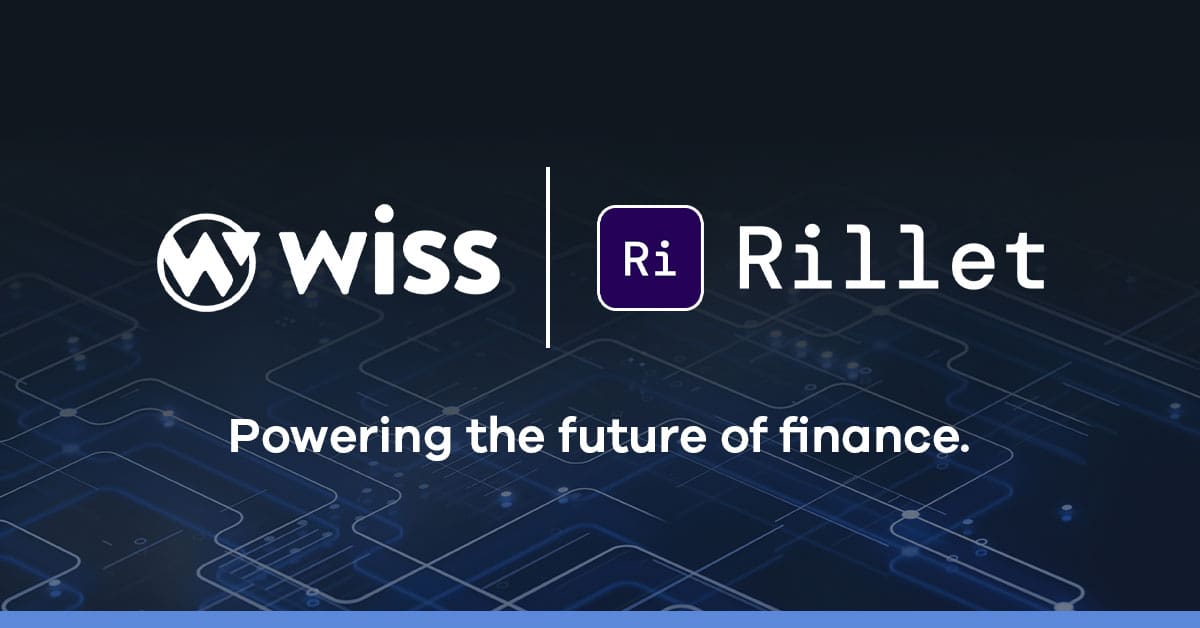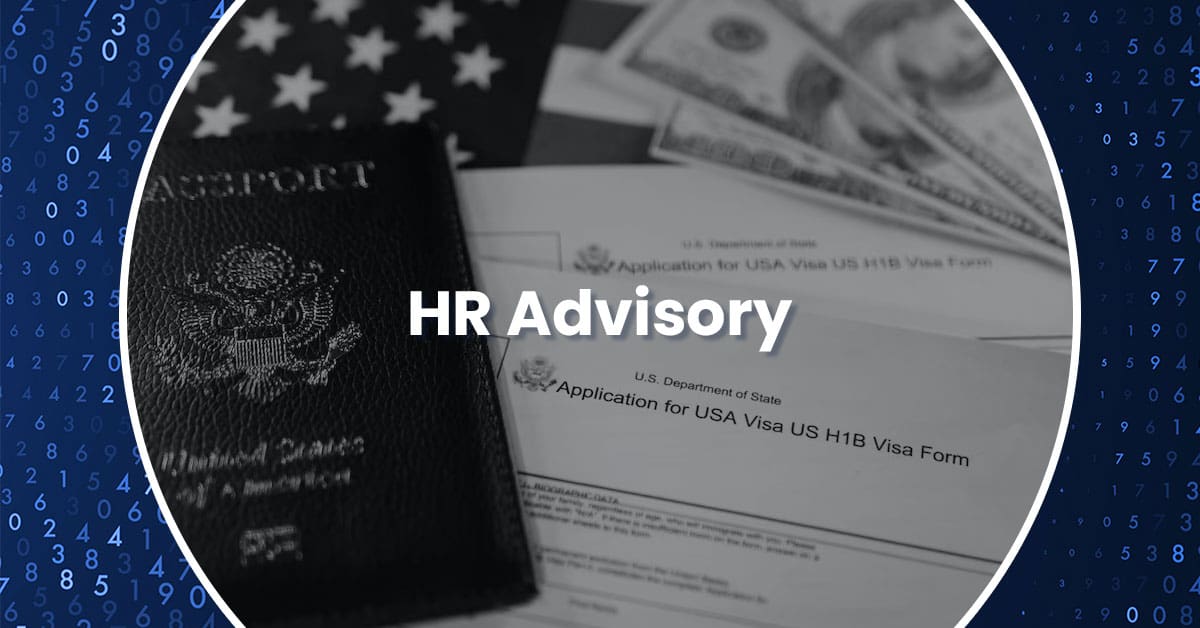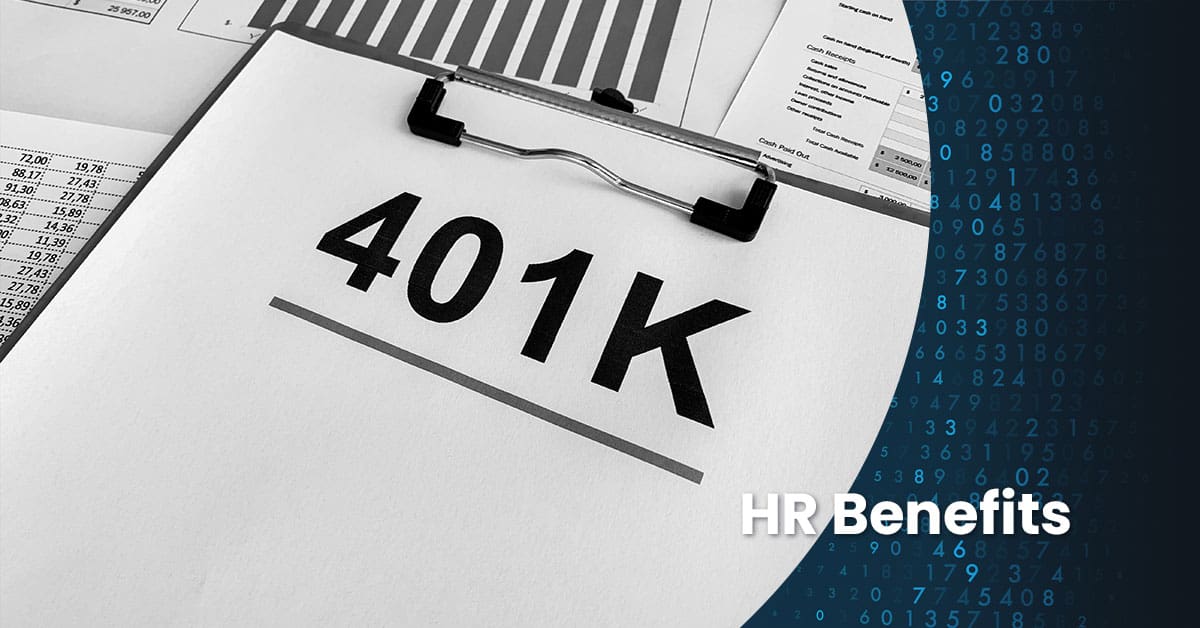New York State is rolling out its Secure Choice Savings Program, a state-mandated automatic-enrollment Roth IRA for employers who don’t already offer a qualified retirement plan.
As an HR Advisor, here’s what you need to know—and why it’s crucial to get ready.
Who Does the NY State and City 401k Mandate Affect?
- Employers with 10+ New York State employees during the entire previous calendar year.
- New York City (NYC) employers with 5+ employees fall under a local mandate.
- Businesses must also have operated for at least two years and not offered any qualified retirement plan in the past two years.
Why the NY State and City 401k Mandate Is Important
State-run Roth IRA
This isn’t a typical employer-sponsored 401(k). Contributions are after-tax, and employees are responsible for their own accounts. Unlike traditional plans, this one offers no employer tax credits or matching opportunities.
Automatic enrollment required
Employers must automatically enroll employees (age 18+) at a default 3% contribution rate—for NYC, it’s 5%—unless the employee opts out.
Payroll duties included
Employers are responsible for setting up and maintaining payroll deduction systems, remitting employee contributions within 30 days post-enrollment, and supplying all state-prepared informational materials to staff.
No fiduciary or matching duties
Employers aren’t responsible for investment decisions or required to match contributions, and the state board will select investment options and handle administration.
Non‑Compliance Risk
Penalties scale by how many employees are non-compliant:
- 1st violation: $250/employee
- 2nd within 2 years: $500/employee
- 3rd+: $1,000/employee *Plus, an additional $100 per employee lacking proper record-keeping
HR Action Plan
Audit current offerings
Confirm you do not already sponsor a qualified retirement plan.
Headcount check
Confirm employee count over the last calendar year meets the 10-state/5-city threshold.
Workforce & payroll readiness
- Choose payroll providers that can handle auto-enroll Roth IRAs.
- Prepare to integrate contribution deduction and transfer systems.
Communications toolkit
- Prepare in advance: FAQs, opt‑out forms, notices.
- Educate managers and staff on implications and opt-out rights.
Monitoring & reporting
- Track enrollment levels, remittance status, and IRA account activity.
- Maintain logs and audit trails for three years.
Consider alternatives
- Employers may avoid the mandate by offering a qualified retirement plan instead.
- Compare administrative burden, tax credits, and matching costs of 401(k)s/SIMPLE IRAs vs. Secure Choice.
Key Insights for Employers
The NY State and City 401k mandate is more than just a paperwork update; it significantly reshapes HR and payroll duties, focusing on consistent deduction remittance, compliance monitoring, and clear communication with employees. While the program is funded by the state, it isn’t subsidized, meaning employers won’t pay administrative fees or offer matching contributions but also won’t receive tax breaks.
Noncompliance comes with steep consequences, as increasing penalties per employee highlight the need to act early and prepare thoroughly. However, employers still have a choice in the matter. You can opt to offer your own qualified retirement plan, but only you can determine if the benefits outweigh the costs.
Understanding the Impact of Workforce Reductions on 401(k) Plans in 2025
When a company experiences significant employee turnover, the effects ripple far beyond day-to-day operations. Among the most critical and often overlooked areas of impact is the company’s 401(k) plan. A substantial reduction in workforce can result in a partial plan termination, a regulatory trigger that requires full vesting of affected employees and, if mishandled, could jeopardize the plan’s qualified status with the IRS.
What Is a Partial 401(k) Plan Termination?
A partial plan termination occurs when a significant portion of plan participants are involuntarily terminated, typically 20% or more in a plan year or over a related period. While this threshold might sound straightforward, the IRS applies a fact-specific analysis, and the turnover percentage can include other events beyond layoffs.
Failure to identify and address a partial plan termination correctly can result in serious compliance issues, including disqualification of the entire plan, putting both the company and remaining participants at risk.
How to Identify a Partial Termination
The IRS generally considers a 20% or greater turnover rate as a key indicator of partial termination. The turnover rate is calculated as:
Turnover Rate (TR) = A ÷ (X + Y)
- A = number of participants terminated during the plan year (excluding truly voluntary terminations)
- X = participants at the beginning of the year
- Y = new participants added during the year
Example: If a company had 80 participants at the beginning of the year and added 10 more, but 20 were involuntarily terminated, the turnover rate would be 20 ÷ (80 + 10) = ~22%.
It’s important to note that:
- The 20% threshold is cumulative and can span multiple plan years if reductions are related.
- Events beyond layoffs may trigger partial termination, such as:
- Organizational restructuring
- Plan amendments reducing eligibility
- Closing of business units
- Permanent workforce reductions due to outsourcing or automation
What Happens if a Partial Termination Is Triggered?
If the IRS determines a partial termination has occurred:
- All affected employees must become 100% vested in their employer contributions, regardless of existing vesting schedules.
- Employers must restore any previously forfeited amounts for these participants, typically using the plan’s forfeiture account, if available.
This obligation can create financial strain, particularly if large numbers of short-tenured employees become fully vested at once. However, vesting must occur whether or not the forfeiture account has sufficient funds.
Best Practices to Manage the Risk of Partial Terminations
Avoiding costly errors starts with proactive oversight and understanding of your retirement plan. Here’s how employers can reduce compliance risk:
Know the Rules
Partial termination rules are nuanced. Employers should consult with an ERISA attorney or a retirement plan compliance advisor to ensure alignment with current IRS interpretations and requirements.
Understand Your Plan Documents
Review plan provisions related to vesting, eligibility, and forfeitures. Ensure plan terms align with current operational practices.
Establish Monitoring Procedures
Implement internal policies to regularly track workforce changes, including:
- Layoffs and terminations (voluntary and involuntary)
- Business restructurings
- Reductions in plan eligibility
Look at trends year-over-year, not just within a single plan year.
Maintain Accurate Termination Records
Document whether terminations are voluntary or involuntary. The IRS may reclassify “voluntary” exits as involuntary if documentation is lacking or ambiguous.
Track and Manage Forfeiture Accounts
Maintain an updated ledger of forfeiture account balances. These funds may be needed to reinstate affected accounts or cover other plan costs related to corrective vesting.
Correct Failures Promptly
If you identify a vesting failure due to an overlooked partial termination, the IRS Employee Plans Compliance Resolution System (EPCRS) offers methods for self-correction or formal submission under the Voluntary Correction Program (VCP).
Don’t Wait for the IRS to Catch It
Partial terminations can be tricky to identify especially when employee departures happen gradually or stem from non-layoff events. But the stakes are high. Failure to act can result in plan disqualification, putting your employees’ retirement savings and your company’s reputation at risk.
Strategic Steps to Safeguard Compliance
Stay ahead of potential compliance issues by building awareness across HR, Finance, and People Operations teams. Workforce changes are more than just staffing issues, they can become legal and fiduciary liabilities. Proactive monitoring, clear documentation, and expert consultation are your best tools for protecting the integrity of your 401(k) plan.
For personalized guidance on navigating the NY State and City 401k mandate, reach out to our team today. We’re here to help you make informed decisions and ensure compliance with confidence.
FAQs: NYC 401k Mandate and Compliance
Who is required to comply with the NYC 401k mandate?
Employers in New York City with 5 or more employees, and those in New York State with 10 or more employees who have operated for at least two years and have not offered a qualified retirement plan, must comply.
What type of retirement plan is mandated?
The Secure Choice Savings Program requires an automatic-enrollment Roth IRA, not a traditional 401(k) plan.
What are the enrollment requirements?
Eligible employees age 18 or older must be automatically enrolled. The default contribution rate is 5% in NYC, and 3% in NY State, though employees can opt out or adjust their rate.
Can an employer avoid the mandate?
Yes. Offering a qualified retirement plan like a traditional 401(k) or SIMPLE IRA exempts the employer from the mandate.
Where can I get more help?
For detailed advice and compliance support, reach out to Wiss team today.





 Previous
Previous





